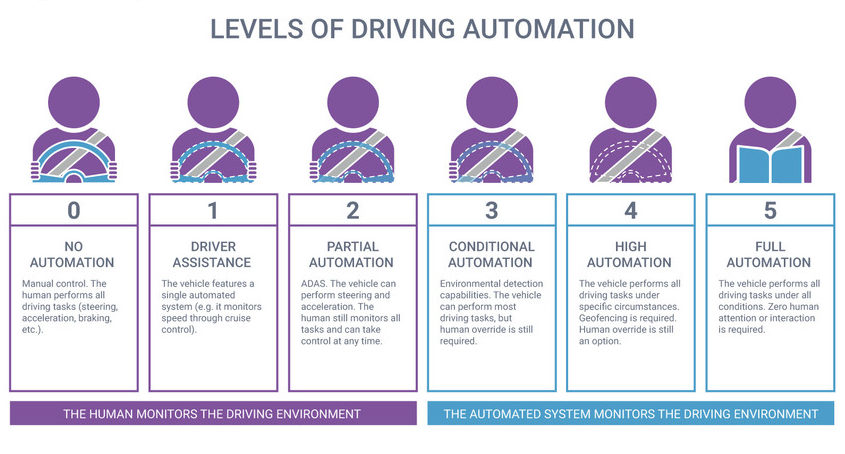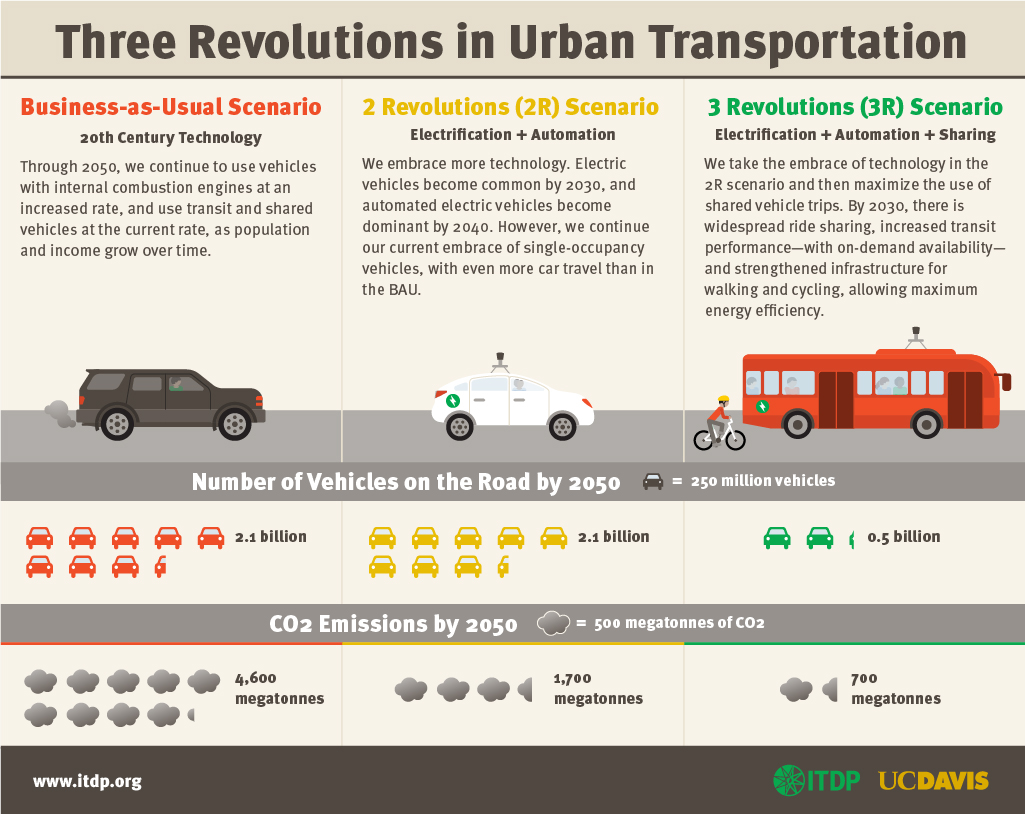What are autonomous cars and how do they work?
What is an autonomous car?
An autonomous car defines vehicles that are able to operate with little to no human intervention at all – by sensing the environment. With these cars there is no necessity for humans to take control or even be present in the car. Autonomous cars can go to all the destinations traditional cars go and do the maneuvers traditional drivers do.
Currently, the Society of Automotive Engineers (SAE) identifies six levels of autonomous driving, starting from level 0 (fully manual) to level 5 (fully autonomous). The US Department of Transportation has adopted all these levels in its operations.

How do autonomous cars work?
Autonomous cars execute their software by relying on powerful processors, complex algorithms, machine-learning systems, actuators and sensors.
The cars have different sensors located in numerous parts which enable cars to create and follow a map of their surroundings. The position of closeby vehicles is monitored by radar sensors. Pedestrians, road signs and traffic lights are detected by video cameras. Light detectors and ranging sensors (lidars) help in measuring distances, identify lane markings and road edges. While parkings, curbs and other devices are identified by ultrasonic sensors.
Then, sophisticated software processes all the input coming from the sensors, schemes a path and delivers instructions to the car’s actuators – which further control braking, steering and acceleration. Algorithms that help in avoiding obstacles, hard-coded rules, object recognition and predictive models enable these car softwares to follow traffic rules and identify obstacles.
What is the difference between Autonomous, Automated & Self-Driving terms?
The SAE usually uses the term automated, instead of autonomous. The first reason is that the term autonomous has other meanings than just electromechanical. Another reason is that a fully autonomous car would describe a car that is aware of its operations and that would be able to make its own choices. A fully autonomous car could decide where to take the passengers; for example, you give a fully autonomous car directions to take you to the beach, it could take you to the bar.
The term self-driving is often used in a very similar (if not identical) context like autonomous. However, there’s a small difference. A self-driving car can operate on its own in some or even all situations, but the presence of a human is always required. Self-driving cars are categorized into the 3rd category (conditional automation) or 4th category (high automation).
Is there any challenge with autonomous cars?
Along with the business-level guiding principles, the responsible team should collaborate to develop a set of design principles for each functional area through which AIOPS will be integrated. The following are some examples of design principles.
- Incident Management
-
-
- Align Major incidents to services and the right resources at the right time.
- Enable consistent and reliable incident data for on-going ML training.
- Provide context from event monitors, anomalies & meta-data for accelerated MTTR.
-
- Change Management
-
- Accurately evaluate risk based on historical context.
- Problem Management
- Reliably provide root cause details for accurate problem resolution.
- Enable & enforce feedback loop from known errors & problem resolution to prevent future incidents.
- Runbook Automation
-
- Automate preventative tasks for pre-Incidents.
- Allow for scripting for resolution, not just service restoration.
What are the benefits of autonomous cars?

Even though there are challenges to perfect the levels of driving automation, the benefits these cars could bring to society are numerous. For example, people with disabilities as well as elder people would have the chance to be transported independently. Animals could be transported to their doctor appointments, or for example, if kids are at school and they forgot something – the cars could take them there.
Not just socially, these cars could bring great improvements to the environment – for example, dramatically lowering the CO2 emissions. In a recent study from Institute from Transpartions and Development Policy, experts identified three scenarios that if properly implemented, could unleash the full potential these cars:
- Vehicle automation;
- Vehicle electrification;
- Ridesharing.
By 2050, it is believed that these processes in urban transportation could:
- Reduce CO2 emissions by 80% worldwide;
- Lower transportation costs by 40% (infrastructure, vehicles and fuel);
- Lower traffic crowding by 30% (fewer vehicles on traffic);
- Increase free parking spaces (for schools, community centers and parks);
- Improve walking spaces.